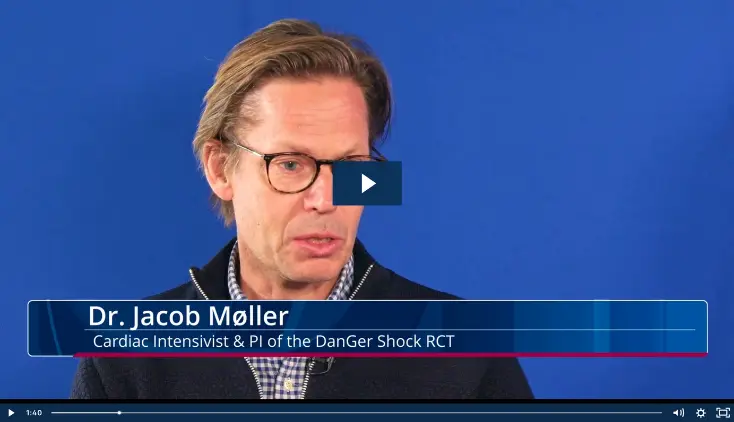Clinical Research & Data, Protected PCI
Case Study Epitomizing Results from RESTORE EF
Aditya Bharadwaj, MD, FACC, FSCAI, presents a case study from the RESTORE EF study. Dr. Bharadwaj is an investigator for the trial and an interventional cardiologist and director of complex coronary interventions at Loma Linda University, California.
The patient is a 77-year-old female with hypertension, COPD, peripheral arterial disease (PAD) with prior iliac stents, and a current smoker. She presents with progressive CCS class 3 angina and was referred for CABG, but deemed high-risk by the surgeon, who referred her for high-risk PCI. Her angina progressed to CCS class 4 that was impairing her ability to care for her husband who had had a stroke and Dr. Bharadwaj admitted her to the hospital.
Her diagnostic angiogram revealed severely calcified and tortuous lesions involving the left main, proximal LAD, and proximal circumflex artery as well as ostial RCA CTO. Her LVEF was 50-55% and LVEDP 18 mmHg. She had significant PAD and heavily calcified and diseased right iliacs and an occluded left iliac. However, with significant spasms in both radial arteries, the operator had to perform percutaneous transluminal angioplasty (PTA) in her right iliac for access.
Dr. Bharadwaj believed the patient was a great candidate for the RESTORE EF study and proceeded to treat patient as per standard of care following best practices. Given her PAD, he obtained percutaneous axillary access under ultrasound and fluoroscopic guidance for insertion of Impella.®
“Following rotational atherectomy of the left main into the LAD, I proceeded to perform IVUS of the ostial circ to ascertain how significant the disease is at the ostial circ because our bifurcation strategy was going to be dictated by whether there was disease in the ostial circ or not,” Dr. Bharadwaj explains. “And I think IVUS beautifully answered that question… I decided that we could spare the ostium of the circ and just stent the proximal circ.”
The team then performed PCI of the left main into the LAD and the patient tolerated the procedure very well. They achieved good hemostasis using the dry closure technique and the patient was discharged home the next day without any axillary access complications. Dr. Bharadwaj reports that at 90-day follow-up her LVEF was 60-65% and “most importantly, she had complete resolution in her angina. She was off of all anti-anginal medications… when I saw her in clinic the first time, she was having class 4 angina… She was extremely thankful to us that we had restored her back to her health and her life and the fact that she could go back and care for her husband.”
In his concluding remarks on RESTORE EF, Dr. Bharadwaj states, “What really needs to be highlighted is the fact that these patients had significant improvement in their functional status—in how they felt. So the quality of life metric, which we assess by heart failure symptoms and anginal symptoms, was markedly improved. There was a 97% reduction in CCS angina class 3 and 4, which is exactly the kind of case that I illustrated today. And this subgroup of patients actually benefitted tremendously from Protected PCI where we followed best practices and we demonstrated that these procedures can be done safely. They can be done effectively. And a lot of patients, even with normal EF, have a lot to benefit from this procedure.”
Sign up for latest updates
NPS-3090


